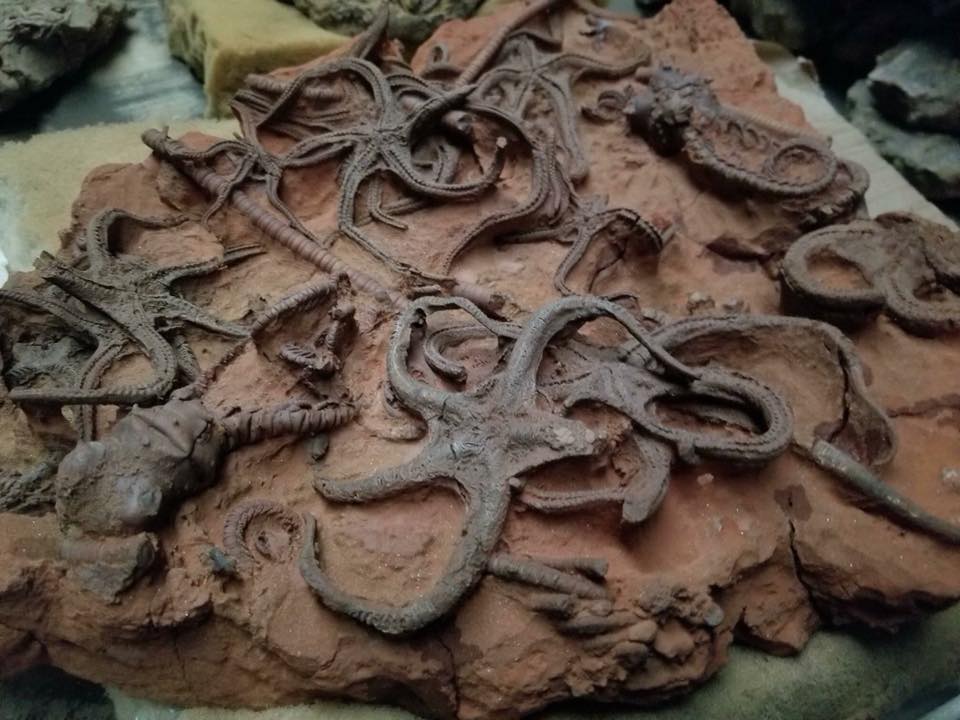
The Enigmatic Beauty of Crinoids: A Journey Through Time
Share
Crinoids, often referred to as sea lilies or feather stars, are among the most ancient and persistent denizens of the marine world. Their lineage stretches back to the mid-Cambrian period, making them silent witnesses to the ebb and flow of marine life through hundreds of millions of years.
Today, we embark on a scientific exploration of these fascinating creatures, unraveling their biology, ecology, and the secrets they hold about Earth’s past.
Shop Our Range Of Crinoids Online Here
Morphology and Biology
Crinoids are characterized by their unique body structure, consisting of a central body known as the calyx, from which radiate feathery arms used for feeding. These arms are equipped with pinnules, resembling the petals of a flower, which is why they are often likened to underwater blooms. The crinoid body is supported by a skeletal framework composed of calcareous plates, housing the creature’s vital organs.
Ecological Significance
Crinoids are not mere relics of the past; they play a crucial role in modern marine ecosystems. They are predominantly suspension feeders, capturing plankton and detritus with their feathery arms. This feeding strategy makes them important contributors to the marine food web, particularly in nutrient-poor deep-sea environments.
Shop Our Range Of Crinoids Online Here
Paleontological Importance
Fossil records of crinoids provide invaluable insights into the geological past. Their remains are often found in limestone deposits, indicating the locations of ancient seas. Some limestone strata are so densely packed with crinoid fragments that they are referred to as crinoidal limestone. These fossils help geologists reconstruct past marine environments and understand the evolutionary history of marine life.
Despite their ancient origins, crinoids have survived multiple mass extinctions. Approximately 600 species persist today, mainly in deep-sea habitats, though some can be found in shallower waters. Their resilience is a testament to the adaptability of life and offers a window into the mechanisms that enable survival through Earth’s dynamic history. As we continue to study them, we may find more pieces to the puzzle of life’s enduring saga on Earth.
Shop Our Range Of Crinoids Online Here
References:
- Crinoid - Wikipedia
- Crinoids - British Geological Survey
- Crinoids - oxfordgeoscience